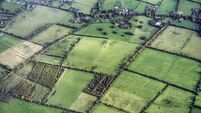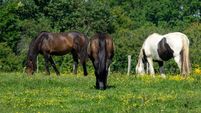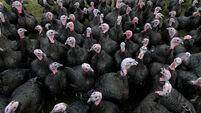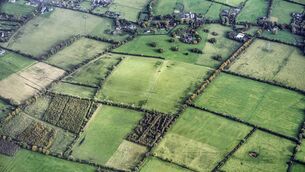How forestry can play a significant role in enhancing financial fitness on the farm
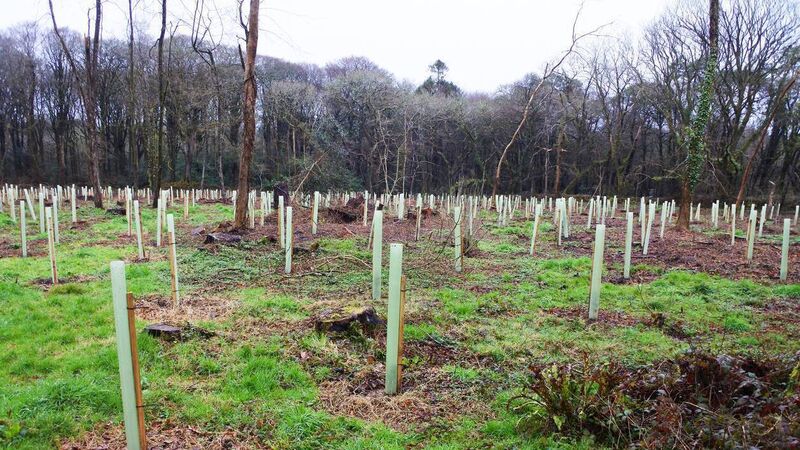
Forest can play a significant role in enhancing financial fitness on the farm.
New forest and woodland creation can deliver a wide range of future benefits on your farm.
Whether small or larger areas are involved, setting clear objectives and timely planning are central to success. Do you wish to explore options to enhance the farm environment? Is the provision of additional farm income or a tax-efficient future pension fund a strong priority? How will a future farm forest fit in with current enterprises and future plans?
Good planning is essential to ensure tree species selection matches the prevailing soil and site conditions for new farm forest projects. The current Forestry Programme, administered by the Department of Agriculture Food and the Marine (DAFM), continues up to the end of 2022. Work also progressing on a successor Forestry Programme which will be available in 2023.
The current programme incorporates 12 Grant and Premium Categories (called GPCs), offering a range of forest options on suitable farm locations. These include productive conifers and broadleaves, native woodland and agroforestry. All new forest planting requires 15% of the land area planted to be dedicated to biodiversity enhancement (e.g. retained habitats, hedgerows and open areas). Every tree species, conifer or broadleaf, has its own unique biodiversity characteristics. The more diversity of species that occur in a forest, the more biodiversity and ecosystem benefits are likely to be delivered.
New farm forests can incorporate either individual or a mix of planting categories, which are suited to prevailing site conditions. This flexibility allows landowners to combine, as appropriate, commercial forest categories and those which provide the strongest environmental benefits.
Agroforestry (GPC 11) is a relatively new category option that combines farming and forestry working together in a mutually beneficial way. Silvopasture is a type of agroforestry involving the growing of wider spaced high-quality trees managed to integrate with livestock production and grass growth. It can provide a range of benefits including improved soil health, nutrient capture, biodiversity, carbon uptake, animal welfare and livestock productivity.
Forest can play a significant role in enhancing financial fitness on the farm. For approved applicants, grants are available to cover the majority or all costs of establishment and early management. In addition, annual income tax-free premiums are available as compensatory payments for agricultural income foregone. When you are considering the permanent land use change that is forestry, it is also important to look beyond annual forestry premiums. Gaining an appreciation of the potential financial returns from future harvests is critical. These returns depend on a range of factors including the tree species selected, forest productivity (yield class) and its future management. In general, productive conifer species with a relatively short forest cycle (rotation) provide the highest financial returns.
Adopting a whole-farm planning approach is also essential when assessing the options for forestry planning and integration on the farm. This requires analysis of how planting land may interact with farm enterprise combinations, farm schemes/supports and future succession planning. For example, the capacity for forestry parcels to also retain the Basic Payment, subject to eligibility conditions, is a key financial farm benefit.
The planting of new forests is also a significant land-based measure to help address the effects of climate change. Forests play an important role in the capture and removal of carbon dioxide from the atmosphere and subsequent storage in forests biomass and soils, a process called sequestration. While not a silver bullet, farm forests and woodlands, in appropriate locations, can significantly benefit the carbon efficiency and green credentials of farm businesses including reducing their carbon footprint. Teagasc, in conjunction with DAFM and Forest Environmental Research and Services (FERS) Limited, has developed an online Forest Carbon Tool ( www.teagasc.ie/forestcarbontool). The tool provides indicative data for potential carbon sequestration associated with new forest enterprises. It includes current planting category options under the DAFM Forestry Programme. It is particularly useful when considering the relative carbon removal merits of different forest categories and planting combinations.
Contact your local Teagasc forestry staff and visit www.teagasc.ie/forestry for further information
